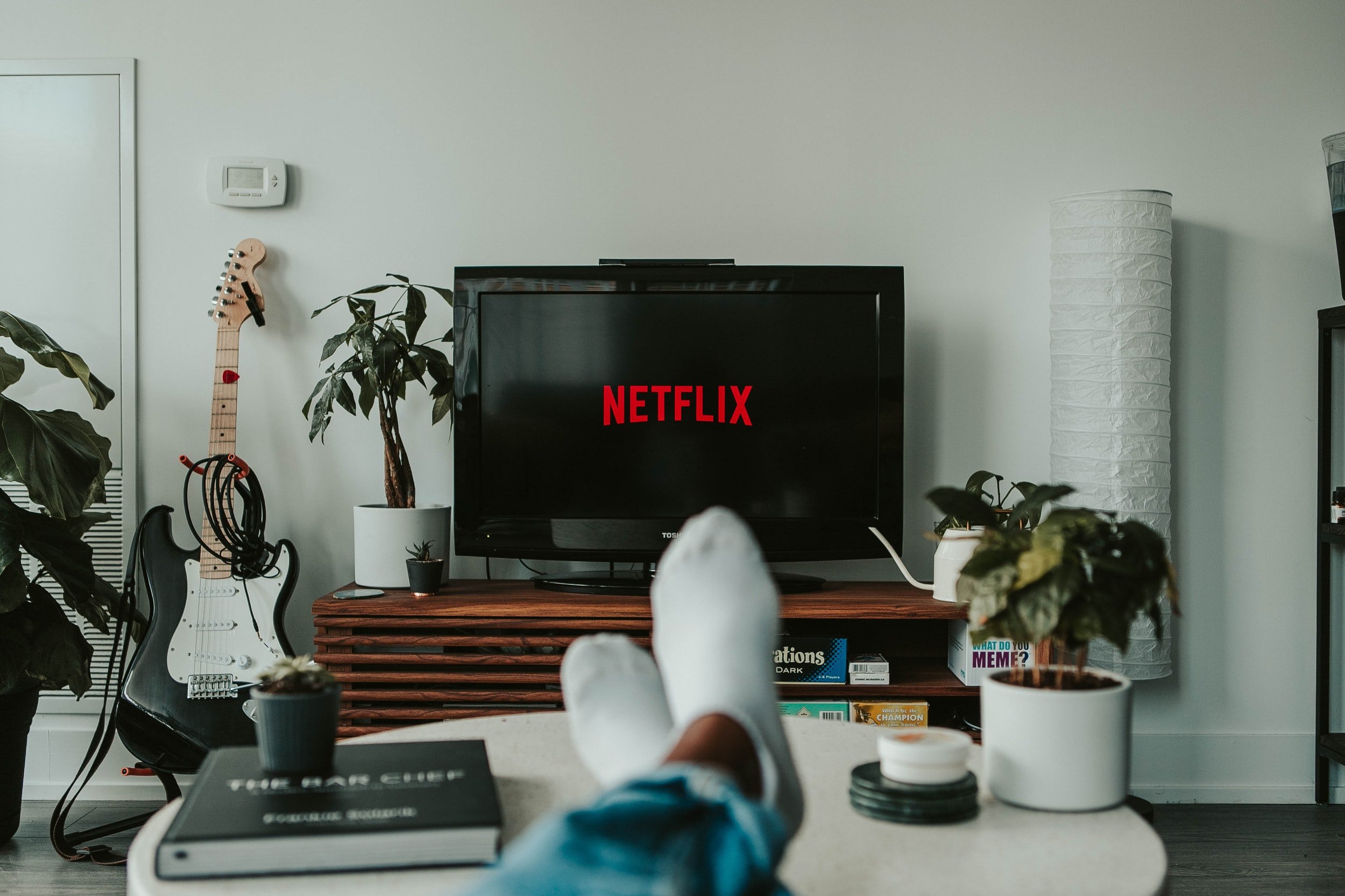Environment
HOW DOES OUR ENVIRONMENT AFFECT OUR MOVEMENT?
The type of movement you do directly influences how your body works and how well it works, and our modern environment reduces the amount of movement we need to do to keep healthy, and I'm not talking about exercise. I'm talking about day to day movement. From the shape that our shoes force our feet into, which leads to loss of balance, to our loss of strength, stamina and increased weight from driving everywhere.
We are familiar with the idea that we are what we eat. That is also true is that you are how you move, or DON'T move.
Most joint issues that we think are a part of ageing, are more to do with the lack of movement in our modern lives. This serious lack of movement in our society is very rarely addressed.
WHAT WE THINK IS NORMAL OUR BODY DOESN'T.
These joint issues don’t occur as often in societies where people move in a way that is closer to how humans developed to move.
Our bodies developed over thousands of years to respond to a harsher way of moving and living. Modern living doesn’t help us build the muscles you need to stabilise your joints. Walking on flat ground and using chairs actually weakens the stabilising muscles and pulls our bodies out of shape giving us “bad posture”.
Your body was built to move in difficult conditions. For example, do you remember how hard it is to walk on sand? On sand the foot sinks and you have to actually work to move forward. This type of movement builds balance and joint strength and helps to keep osteoporosis and arthritis at bay. Walking on flat pavements doesn’t.
CHAIRS VERSUS SQUATTING
CLAIM MOVEMENT BACK
It's hard to look at your chair and think that it's harming you, when everyone else is apparently happily sitting in their chairs. But they are probably in as much pain as you are. Chairs catch you just before the healthy part of the sitting movement happens. Most chairs are tilted, angled and padded in such a way that makes it hard to sit in a way that protects your back.
Squatting to eat or to go to the toilet is a good example of a movement that has been taken from us by our modern lives. Squatting is a crucial movement that helps keep the pelvis healthy and support the lower back, and chairs stop us from doing that. Squatting is a movement I teach in class as exercise and yet few can barely do it.
You can build strength by just lowering yourself into a chair without using your hands, but most people can’t even do that. Can you?
I believe the loss of this squatting movement from our daily lives is the single biggest cause of joint pain in modern humans.
We need to claim that movement back.
CHALLENGE YOUR ENVIRONMENT.
I encourage you to look more carefully at your surroundings and see how it might be harming you, either through encouraging lack of movement or keeping you misaligned. Often it’s just learned behaviour that you can change with a little attention. Give yourself time to notice these bad habits, that your environment encourages, and come up with a strategy to change them.
By paying attention and returning to the movements the human body requires you can help yourself reduce disease and injury.
Nourish your body with movement.
Get stronger not weaker.
You have about 650 muscles in your body.
How many are you using?
If you want to book a personal session with one of our teachers to see what you could do differently to reduce that long term pain or increase strength for that next event, just click here.
If you want to find out about classes click here
If you want to go back to the body page to see what else we can help you with - click here.
Or just email us for a chat - here




